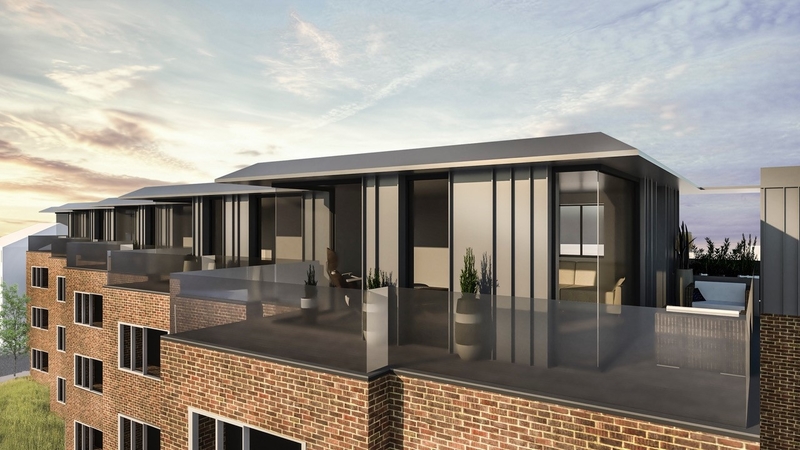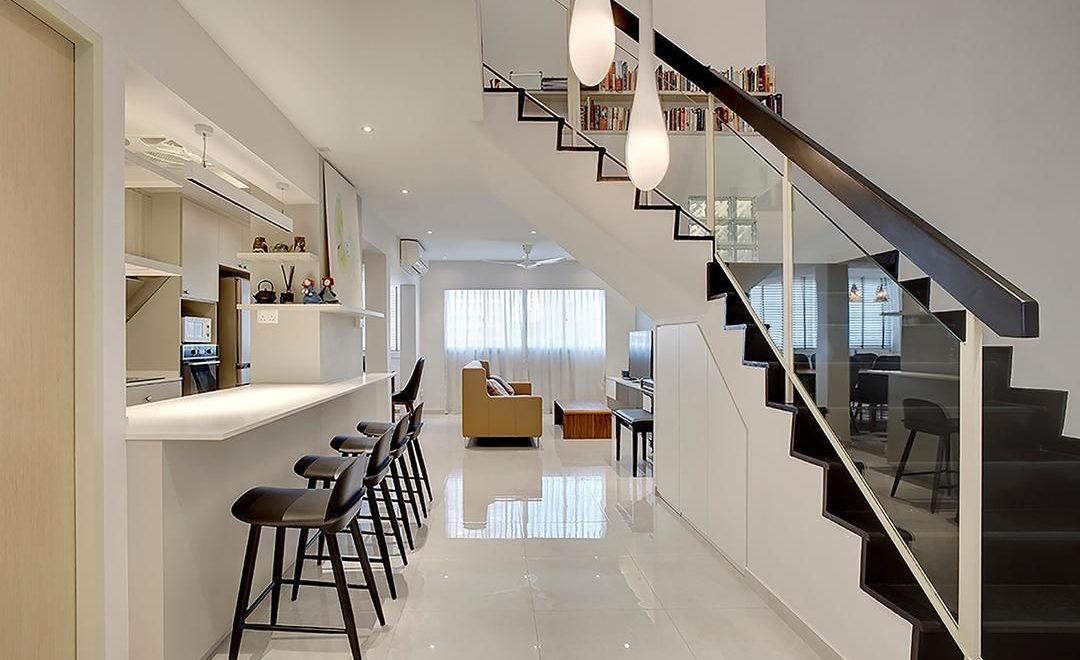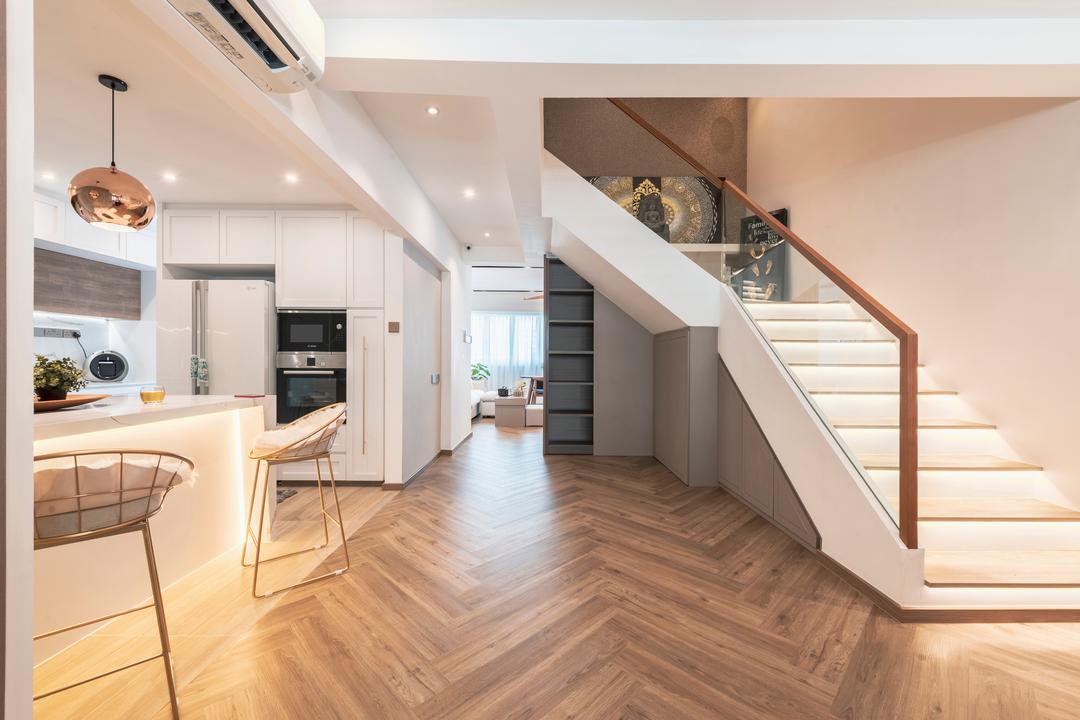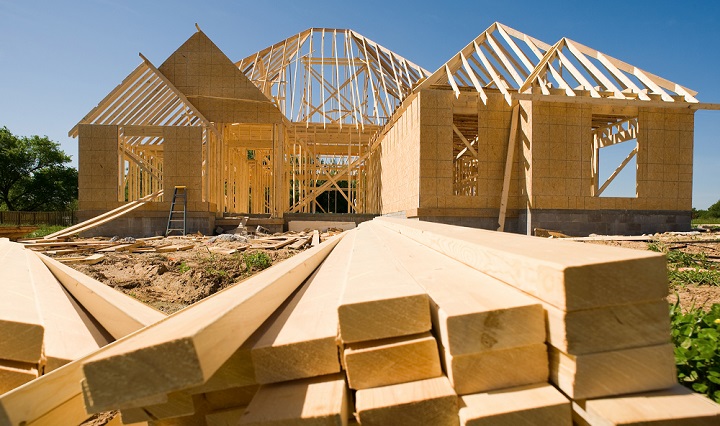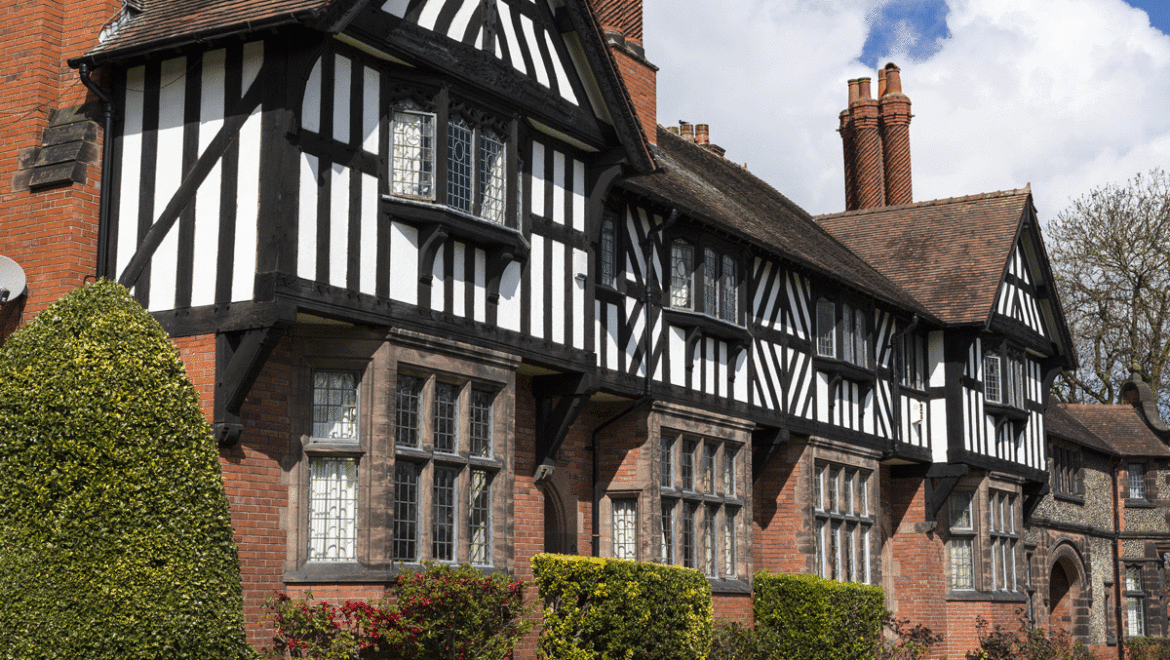Everything To Know About Extending Buildings Upwards
New permitted development rights that will cover a range of building types that allows them to go upwards and deliver new homes.
At last, homeowners, developers, and landlords can build upward extensions and add two storeys for housing to their buildings without needing planning permission. This is generally referred to as upwards extension permitted development rights.
The logic to this type of extension is that there is a severe housing shortage. And the government doesn’t want concrete over green space. So, if you can’t build out, you should build up.
Can I extend my house upwards?
If the existing house is two or more storeys high, you can extend your house upwards and add two storeys under new permitted development rights. If the building is only a single storey currently, you can add one more storey under permitted development.
You can’t add new storeys using the new permitted development rights if the house has had any new storeys added to it since it was built.
Planning permission –
Houses built before 1948 cannot be extended upwards without planning permission. However, the easier route to building isn’t open to you.
Your property also will not qualify if it’s in a conservation area, an area of outstanding natural beauty or a national park. You also can’t use permitted development on a listed building, so you will need to get planning permission if you fall under any of these categories.
A short summary –
- Firstly, If you live in a terrace, you can only go 3.5 meters above the rest of the terrace.
- If you live in a semi-detached house that’s two or more storeys high, you can add two storeys
- If you live in a bungalow, you can only add one storey, and for all houses, the roof type must match what you have right now.
Cost of an upward extension –
There are a lot of factors that will affect the cost. However, you should be budgeting around £50,000 – £70,000 to build a one-storey extension. Whereas, if you’re building a double-storey the price would be around £80,000 – £100,000.
Not only does an extension add space to your home, but it also increases the value of the property. Research has shown that an extension can add up to 23% to the value of your property.



